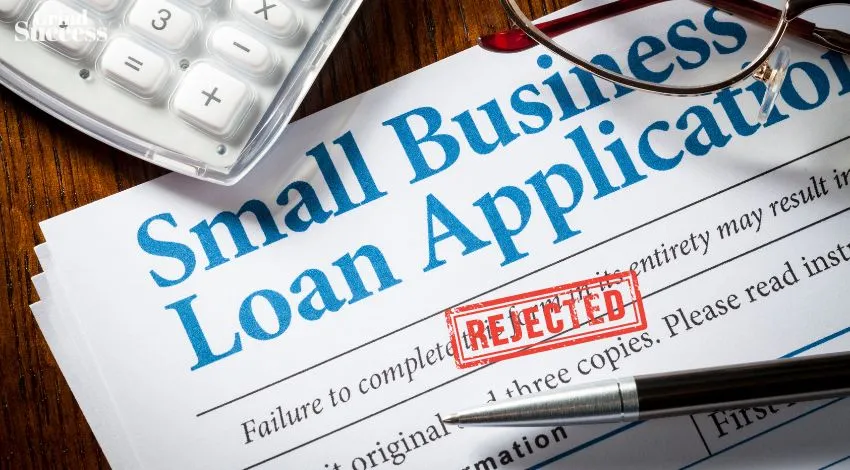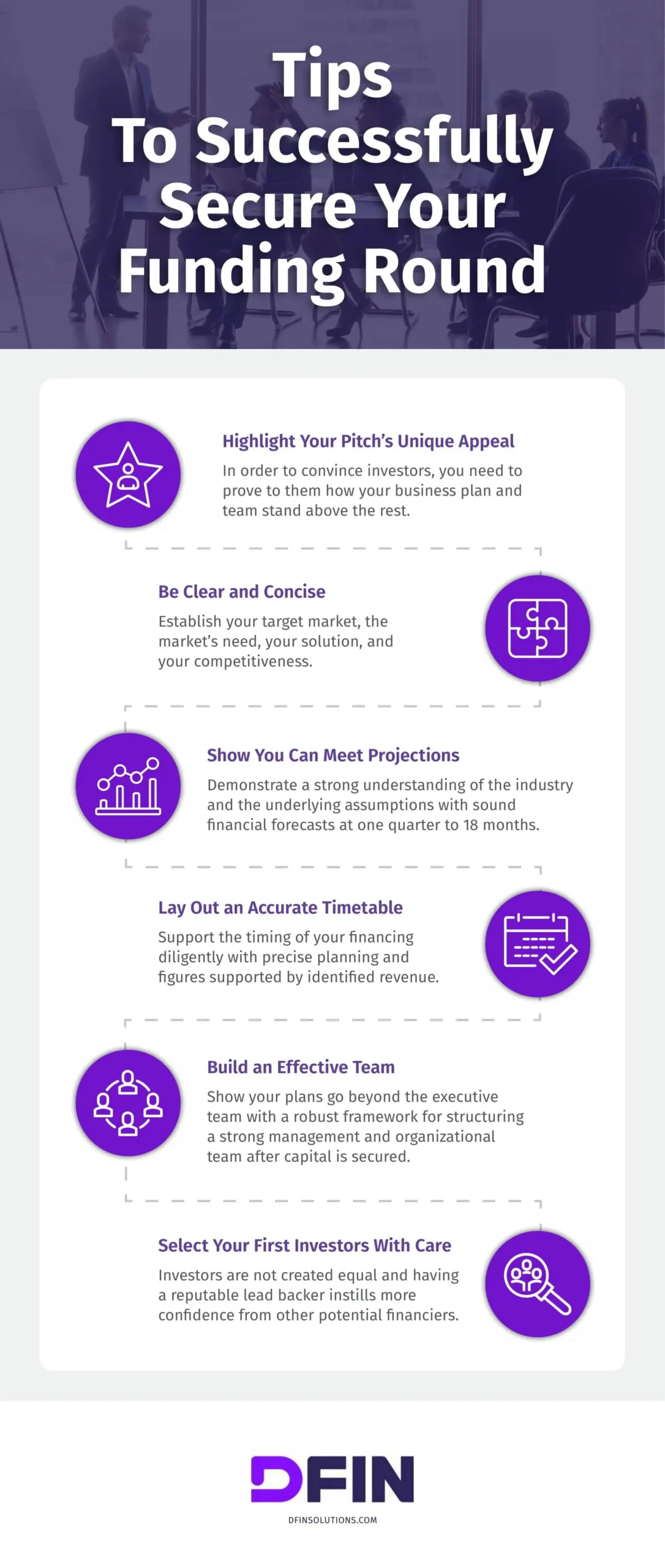What to Do if Your Lender Rejects Your Business Loan Application

You’ve done the research, you’ve written a compelling business plan and you’ve got your ducks in a row. You’ve even made sure that everything on your application is correct.
But still, the lender says no. So what do you do now? It’s not fun getting rejected by a lender, especially when you really need funding.
If this happens to you, here are some tips for addressing some common issues that could cause lenders to reject your application:
Get Feedback from the Lender
If your application is rejected, ask the lender why they did not approve your loan. They will be able to give you some insight into what kind of information they need in order for you to get approved next time.
If the problem seems to be a lack of sufficient collateral, offer up additional collateral or assets that could help secure the loan.
If there are other issues with your business plan or personal finances, take action on them immediately so that when you apply again, there won’t be any more problems standing between you and funding success!
Typical Loan Denial Reasons
You may question why a lender would reject your loan application.
Banks frequently reject loan applications for the following reasons:
These reasons are just a few of the most common ones. If you encounter them when applying for a commercial loan, take action immediately to rectify the situation.
If you’re denied because of bad credit or low income, work on improving those areas before reapplying.
Examine Your Loan Application to See Why It Was Rejected


If you’re turned down by a lender, don’t give up. You can still get a loan and reach your business goals. The first step is to figure out why your application was rejected.
They may be able to pinpoint something specific about your plan that wasn’t realistic or that would prevent them from giving you the loan, for example.
Additionally, it’s helpful if they provide examples of common issues with business plans so that you can have these discussions with other lenders more easily in the future.
After reviewing this feedback, take some time to look over both your initial loan application and any other supporting documents (such as financial statements).
Look for areas where there may have been mistakes made during the process—this is not uncommon! Ask yourself: Are there any obvious changes I could make now? If so, make sure they’re ready before trying again.
Assess Your Important Financial Ratios
It’s important to understand the ratios that lenders use to determine your business loan eligibility. Lenders are looking for at least one of the following:
1. Total Debt to Total Assets
Your overall debt-to-total asset ratio is as follows. With a score of 1, debt and assets are equal.
A score of.5 indicates that the debt is only equivalent to 50% of the assets. Bankers are concerned if the value is higher than .5 or so.
2. Current Ratio
A current ratio of 1:1 or higher, means you have enough cash on hand (in reserves) to cover all current liabilities without having to take out any loans or additional financing.
3. Return before Taxes on Net Worth
Specifies the pre-tax return to shareholders for each dollar invested. If the subject company’s net worth for the time being examined is negative, this ratio is not applicable.
4. Return on Assets Before Tax
The amount of profit is expressed as a proportion of all assets before taxes. evaluates a company’s capacity for resource management and allocation.
Remember that many of these ratios are influenced by the same factors, including the capital, credit sales, accounts receivable, inventory, payment trends, etc. Do any of your ratios seem off? Examine how you might raise important financial ratios for your company.
Educate Yourself on Alternate Funding Sources
There are many other types of funding sources that you can explore. For example, a business loan is often a good option for businesses that need capital to expand or purchase new equipment.
There are also business payday loans, a nickname of sorts for risky short-term business financing, though it typically refers to merchant cash advances with fast repayment terms and high-interest rates.
In the personal lending space, payday loans offer quick access to cash; however, they can be incredibly pricey and issued by a payday lender to be paid back in two weeks or less.
Luckily, you can avoid this potentially risky form of funding by accessing more affordable forms of short-term business financing.
Improve Your Credit


If you have bad credit, the first thing you should do is improve it. Get a credit card and use it responsibly. If you don’t have access to one yet, ask family members or friends who may be willing to give you a recommendation.
Many banks consider a personal relationship with an existing customer when approving new loans, so having someone vouch for your character can help considerably.
Pay off debt as quickly as possible and keep balances low by paying only the minimum balance due each month on all loans except for your business loan—which should be paid in full every month.
Use any extra money left over from operating costs (or even profits) to pay down existing debts before applying for another one.
Avoid applying for multiple loans at once: if lenders see too many applications from one person within a short period of time, they might assume that something isn’t quite right about their financial situation.
Too Many Small Business Loans – Pay Some Off
Businesses that have obtained one or two small company loans but still want more funding are viewed cautiously by lenders. It can be an indication that your company is struggling or that you lack good planning.
Keep in mind that you want to convince a lender that you will use their money to raise further cash and pay back the loan. Even if you are making payments on other debts, your firm may have further issues if you frequently require fresh infusions of cash.
However, let the bank know if your goal in requesting a new loan is to consolidate existing debt. Be aware that they might wish to send the money that has been issued straight to the other loans to make sure it is being used for what it was meant for.
If you have several small business loans and want to prioritize paying those with high fees or penalties over those with lower fees or penalties then do so; however, keep in mind that paying down your larger debts will save more money overall than simply focusing on one type of debt at a time.
Change Loan Tactics
Different lenders have different criteria for what they look for in a loan application and business plan, so it’s possible that your original lender just wasn’t the right fit.
Maybe your first tactic didn’t work because it was too similar to the tactics of other companies that were also rejected by this particular lender. Perhaps it would help to approach them from a different angle.
Change Your Business Plan
Your bank loan may have been denied for a cause that wasn’t always evident. You might need to start from scratch in that situation. your business strategy to be reviewed and updated.
Perhaps you should develop more slowly. Narrow your attention and concentrate on stabilizing specific areas of your company to increase profitability.
Risky debt, healthy financial ratios, and the possibility of improving the company without raising revenue are all things to keep in mind.
The problem may not be your credit score. It could be that your business plan doesn’t make sense to lenders. There are ways to improve your chances of getting approved.
If you’re struggling to get funding because of a poor credit score or other factors, consider changing lenders.
Many banks offer different lending products with different requirements—and some may be more willing than others to work with businesses with less-than-perfect histories (and less likely to reject applications based on past performance).
Conclusion
If you’ve been rejected for a business loan, don’t give up! It’s not the end of the world. You can always try again! If you feel like your application was rejected for unfair reasons or because your lender didn’t see what you saw in your business plan and goals, then consider taking another approach with a different lender.
Remember that lenders are looking for different things in their borrowers, so don’t be discouraged by one rejection—keep trying until someone says yes!


